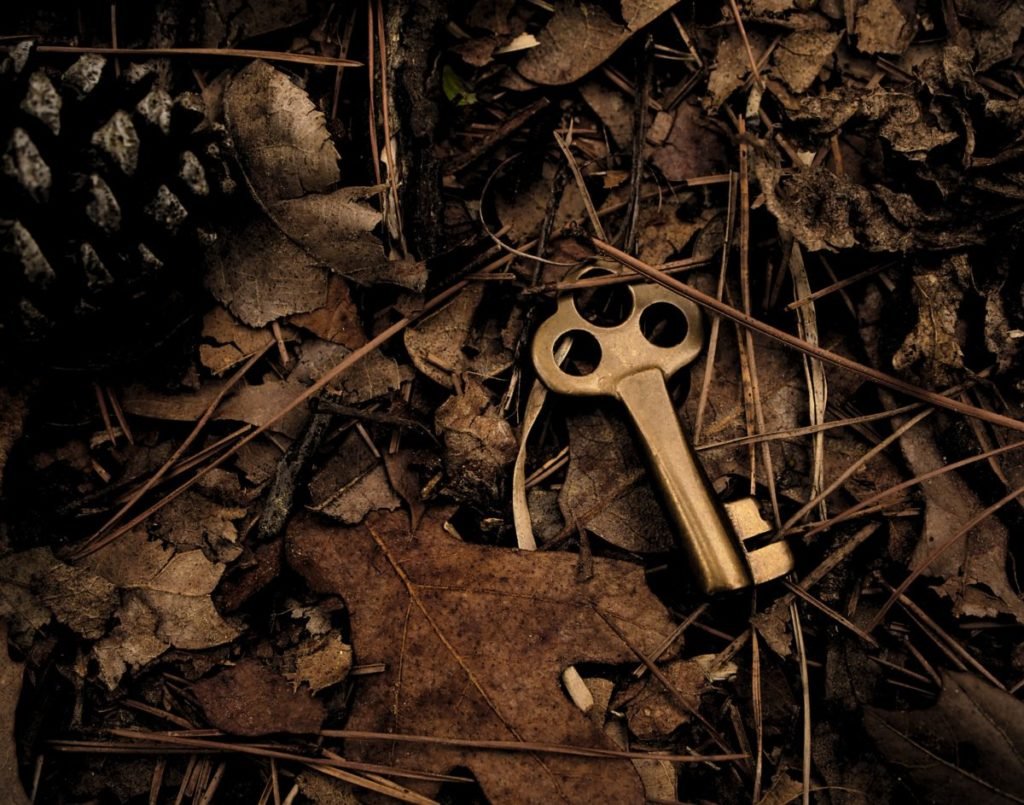
I’ve been having some strange dreams lately, probably most of us have.
A cooked salmon lies in the middle of the highway, missing half his body, yet alive and showing no signs of distress. We all get out of our cars to gape, wondering how he can survive, cooked, headless. The salmon seems sentient, yet placid, accepting.
A woman is sawing the legs off a live fox. Witnesses don’t protest; the fox seems fine.
Someone is removing a variety of my organs — heart, liver, intestines — as I watch from a distance. I don’t think I’ll miss them.
Aren’t we all missing some parts these days? We miss our friends and our work, our quick trips to the store, our sense of safety. There’s a gap between us and the people we love, one that isn’t bridged by Zoom or Facebook or chatting on the phone.
Yesterday at the grocery store a man and a woman got into a fight. He was physically distancing by leaving six feet but the woman stepped into the gap between him and the counter, and started putting her groceries up for scanning. When he called her on it, she said, “You weren’t in line! You were standing way over there! Hell! Well, I’m sorry.”
He didn’t respond but she moved into line behind me, standing way too close, and kept on: “I love social distancing because I hate people, been social distancing all my life, you asshole, I said I’m sorry, what do you want from me? I said it, didn’t I?”
She wanted to close that space between them, to get that missing part back. Thwarted, she turned to anger, then bargaining. The less he responded the more she shouted, trying ever harder to get a reaction. Amplification, they call it.
I edged away and turned my back on her, trying to avoid those dreaded “respiratory droplets.” The poor high-schooler ringing us up went white and real quiet. She looked scared.
One reaction to missing our parts is shock: we shut down, we get too quiet, we turn away. Another is to shout out loud: those kids who went to spring break were shouting; the parishioners who insisted on going to church shouted in another key. Then there’s a third reaction: bargaining. As in, “I said I was sorry. I said it, didn’t I?” The stages of mourning, right there in the grocery store.
How else might we deal with our missing parts? At my college, we stopped teaching “face to face” eight weeks ago. Once we shifted to “instructional continuity” (and really, there is no continuity, there is a “before” and an “after” and a huge missing part between), my class started writing free-form essays. They can write about life under COVID-19 or they can choose other topics. They can add other sorts of creative work like music or art or photography. I have a lot of talented students.
This week we talked about “connective tissue,” about “frames,” about structures that create unity and coherence.
One of the seniors, Kent Hall, had his senior year disrupted, won’t be going to graduation, and had to move off-campus, out of state. The family he first took shelter with distanced him as too dangerous: he had to sit at a separate table to eat, his back to the rest of them. He thought it great good luck when a more hospitable family invited him in. There he’s pursuing his courses but also his music.
He doesn’t have much to work with but he perseveres. This week he wrote about creating a percussive collection from items he could find around the house. He collected wrenches, peanut butter jars, an old-style typewriter with clunky keys. He collected words to write about “this strange concoction of sounds.” In his essay, he described his process, how he put it all together, worked it into his music, created a song.
During this week’s Zoom class, the students talked about what they were writing. Enough has been said about Zoom: it’s a lifesaver, sure enough. But its compromised sound and distorted images are a sad substitute for the classroom. Showcasing the missing parts is where Zoom excels. The disconnect is its forte.
To end the class, I asked the students if they wanted to hear Kent’s song. Although the sound production wasn’t great on my laptop (thank you NOT, Instructional Continuity), I saw students nodding along as it played. It was a beautiful and evocative song that spoke to the COVID-19 experience.
Here it is (with Kent’s permission):
I’m going to listen to it again, and then I’ll start looking for what’s missing. Maybe not the head of a cooked but living salmon, not those fox legs, or my own missing innards. I need to collect all the stages of mourning now, not just denial with its cold and distanced analysis, a fish staring with no head, no eyes. I need to find the grief, sadness, even horror that went missing in those dreams. Not to dwell on it, but to put it towards something new, something more complex and real, something that brings self to other, past to future, image to eye, sound to ear. Something that memorializes this moment and yet reminds us that, yes, we still have a future. We need to get to the work of making it.


Share this post with your friends.

